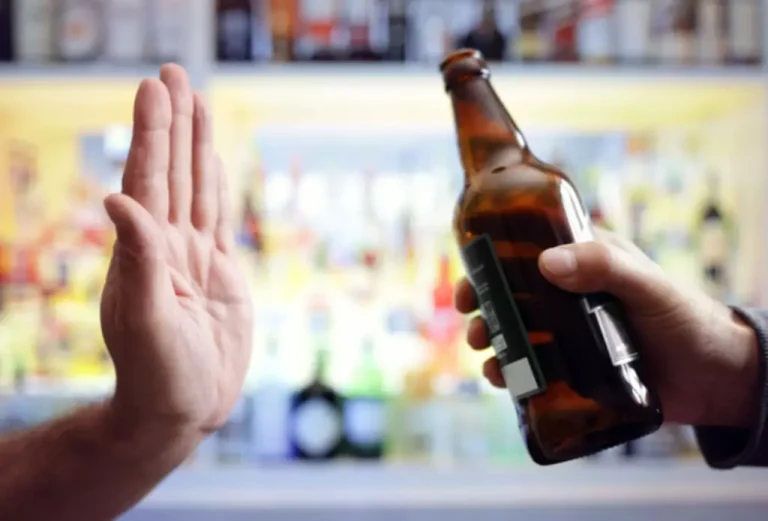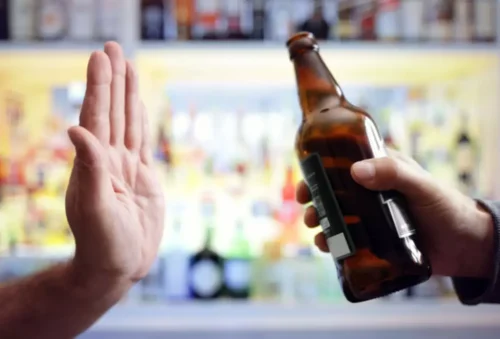
As urban and rural areas differ significantly by roadway environment, implementation of road safety countermeasures varies accordingly. Vehicle usage also varies; 4 percent of rural households do not have access to a vehicle compared to 10 percent of urban households (Mattson, 2016). Distinction between urban and rural areas can be problematic, however, as classification definitions often vary and roadway classifications may not reflect important differences.
Despite the risk, millions of people drive impaired in the United States each year.
Pneumoniae induces time-dependent release of IL-12 from T cells, which in turn drives T cell IFN-γ production. This chain of reactions is disrupted by alcohol, because the levels of both IL-12 and IFN-γ were decreased in alcohol-exposed mice infected with K. These deficits could account for decreased clearance of these bacteria from the lungs. Interestingly, three reports indicate that chronic marijuana smokers are less susceptible to impairment from alcohol on some measures compared with nonsmokers or infrequent smokers.

Evaluation of a performance test to detect impaired drivers

Evidence suggests that driving while impaired (DWI) enforcement, such as sobriety checkpoints and saturation patrols, in combination with enforcement of speeding laws is effective at decreasing alcohol-related driving crashes and resulting injuries and fatalities (Sanem et al., 2015). See Chapters 4 and 5 for information on these and other DWI enforcement efforts. People have been drinking alcoholic beverages for millennia, and alcohol consumption has played an important role throughout human history, being linked to ancient and modern religions, early medicine, and social occasions and celebrations. Although alcohol consumption is socially accepted across many cultures, heavy and prolonged alcohol intake can lead not only to physical dependence but also to devastating long-term health problems. An estimated 18 million Americans have alcohol use disorder (AUD), including alcoholism and harmful drinking (National Institute on Alcohol Abuse and Alcoholism NIAAA 2014).
Drunk Driving Statistics

Stakeholder marketing also encompasses corporate social responsibility (CSR) activities such as efforts to prevent alcohol-impaired driving. However, global analyses of alcohol industry CSR activities have consistently found that the alcohol industry pursues and supports the least effective strategies and actively opposes the most effective (Babor et al., 2015, 2018; Esser et al., 2016; Pantani et al., 2017). Esser et al. (2016) performed a content analysis of 266 randomly sampled alcohol industry initiatives to decrease alcohol-impaired driving and found that insufficient evidence or no scientific evidence exists for 56.0 percent of these initiatives. See Appendix C for more information on the alcohol industry’s role in promoting alcohol-impaired driving interventions.
In the early 1980s alcohol-impaired driving rose to the forefront of the public’s attention (Fell and Voas, 2006). Attitudes toward drinking and driving shifted as groups like Mothers Against Drunk Driving (MADD), which was founded by a mother whose 13-year-old daughter was killed by an alcohol-impaired driver, began opening chapters across the country and sharing victims’ experiences with policy makers (Fell and Voas, 2006). Alcohol-impaired driving penetrated the media consequences of driving drunk include: through campaigns such as the U.S. Department of Transportation and the Ad Council’s “Friends don’t let friends drive drunk” public service announcements.
- Furthermore, a media campaign that urges impaired drivers to take a taxi or another form of public transportation home would be ineffective in rural areas where these resources are not available.
- To achieve zero alcohol-impaired crash fatalities—where every alcohol-impaired driving death could be thought of as a failure of the system—a systematic, multipronged approach with clear roles and accountabilities across sectors (including public health, transportation, law enforcement, and clinical care) is needed.
- Chronic alcohol intake modulates the functions of all three of these lymphocyte populations (Cook 1998; Lundy et al. 1975; Meadows et al. 1992; Spinozzi et al. 1992; Szabo 1999).
- Age is another factor that affects the effects of alcohol on driving skills and judgement.
- According to the Centers for Disease Control and Prevention (CDC), people who abuse alcohol are 10 times more likely to develop pneumococcal pneumonia and 4 times more likely to die from pneumonia than nondrinkers (Lujan et al. 2010).
- Data from the 1975–2016 Monitoring the Future survey suggest that 32 percent of college students binge drink (Schulenberg et al., 2017).2 Similarly, a review of studies on drinking among college students found a consistent national rate of binge drinking of about 40 percent (Wechsler and Nelson, 2008).
- As discussed in Chapter 1, over the past four decades there have been significant reductions in alcohol-impaired driving, particularly from the 1980s to the early 2000s (Voas and Lacey, 2011).
- Based on the fact that 1 gram of alcohol provides 7.1 kcal (29 kJ) and studies showing that energy consumed as alcohol is additive to that from other dietary sources 5, increased energy intake with alcohol use can certainly promote a positive energy balance and ultimately weight gain.
- A review by Yeomans 5 highlights some of the potential explanations for alcohol’s influence on weight gain or obesity.
- Following the DUI arrest of a University of Georgia defensive lineman, football players there were vocal about supporting their fellow teammates in obtaining a ride after they’ve been drinking.
- You can use a technique of examining each individual decision you made in the past that led to a specific outcome, such as driving under the influence.
Thus, some studies indicate that alcohol has no effect on neutrophil phagocytosis or pathogen killing (Nilsson et al. 1996; Spagnuolo and MacGregor 1975), whereas other studies demonstrate that acute alcohol exposure impairs functional activities of neutrophils. For example, Davis and colleagues (1991) found that alcohol-fed rats failed to clear bacteria from the lungs and had increased mortality. Some of this discrepancy likely is related to differences in the bacterial pathogens studied. Thus, Jareo and colleagues (1995) noted impaired neutrophil killing of selected strains of S. Pneumoniae in vitro and a complete absence of killing of other bacterial strains in alcohol-exposed animals. In human studies, BACs as low as 0.2 percent (i.e., approximately 2.5 times the legal intoxication level) impaired neutrophil degranulation and bactericidal activity (Tamura et al. 1998).
- One explanation is that there is a learned association between alcohol and eating; however, several experimenters disguised the presence of alcohol in their protocols and still found increased energy intake 5.
- Although the committee was not specifically asked to review cost-effectiveness of the interventions, where analyses were available that were robust enough to provide some insight, the committee included an overview.
- Additionally, alternative and public transportation options are far fewer in rural areas (Mattson, 2016; TRB, 2016) (see Chapter 4 for information on alternative and public transportation).

The most frequently recorded BAC among alcohol-impaired drivers in fatal crashes in rural areas was 0.19% and 0.14% for urban areas (NCSA, 2016c). DWI arrest rates also vary according to rural and urban composition, with arrests in nonmetropolitan areas outnumbering metropolitan arrests since the early 2000s (Huseth, 2012). Unlike many other behaviors that pose serious risks to health and safety (e.g., smoking and violence), alcohol consumption has a more complex relationship with SES (Jones et al., 2015). People with higher incomes and levels of education are more likely to drink alcohol and to drive while impaired when compared to lower income and less educated populations.

Recent Comments